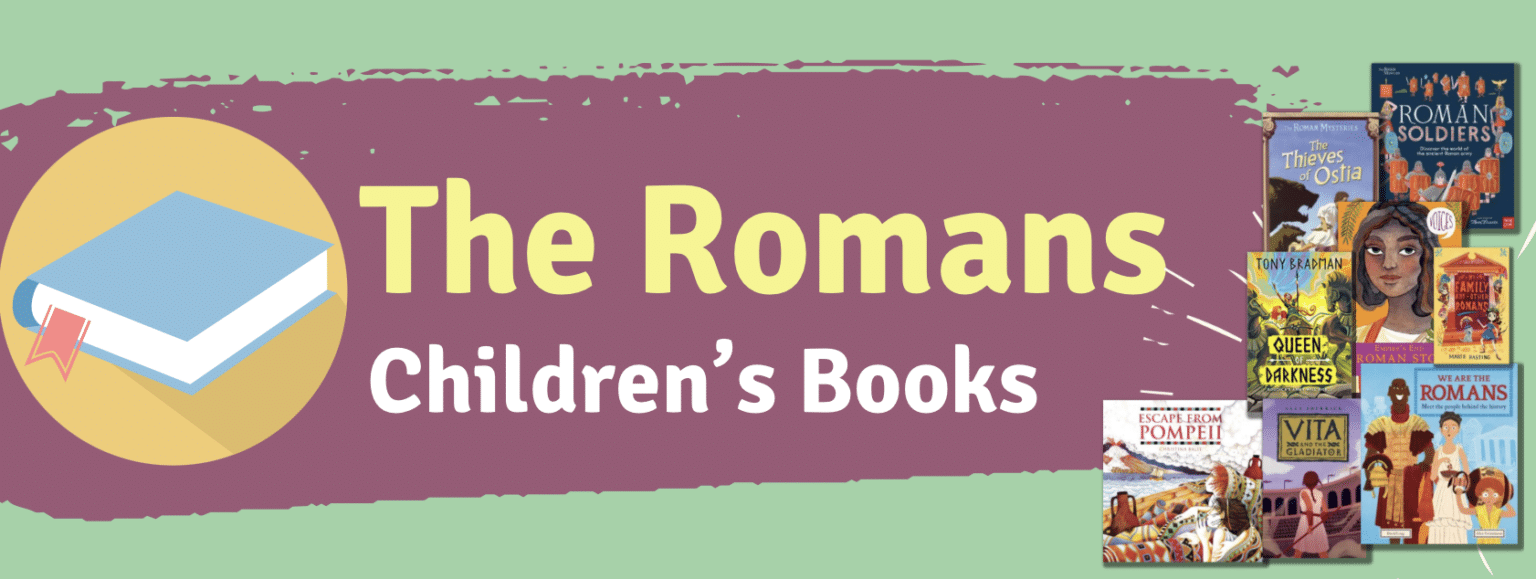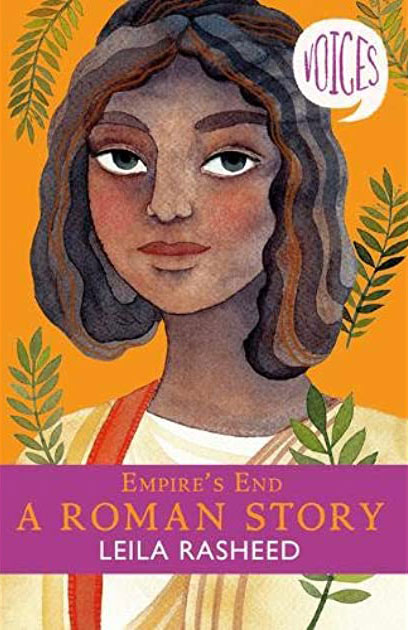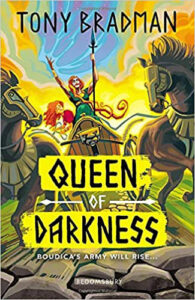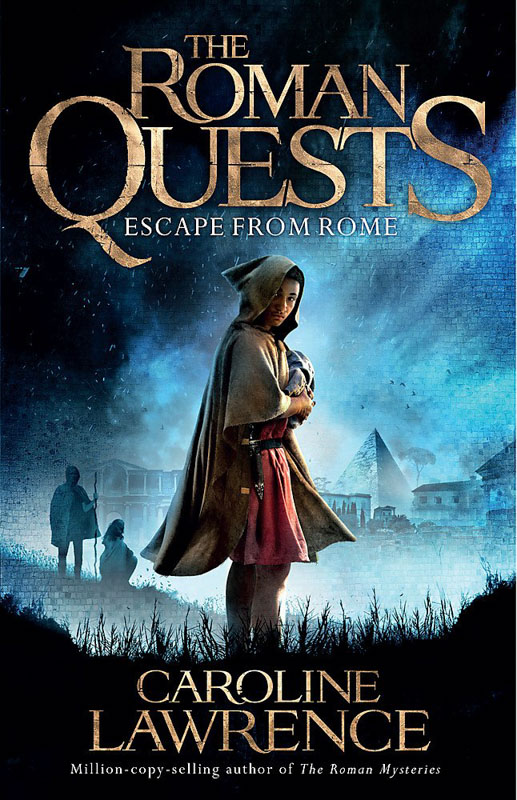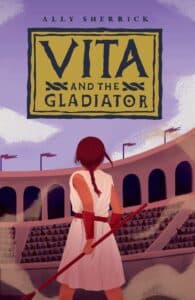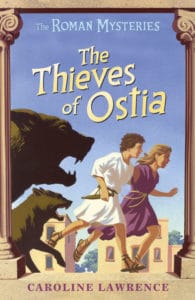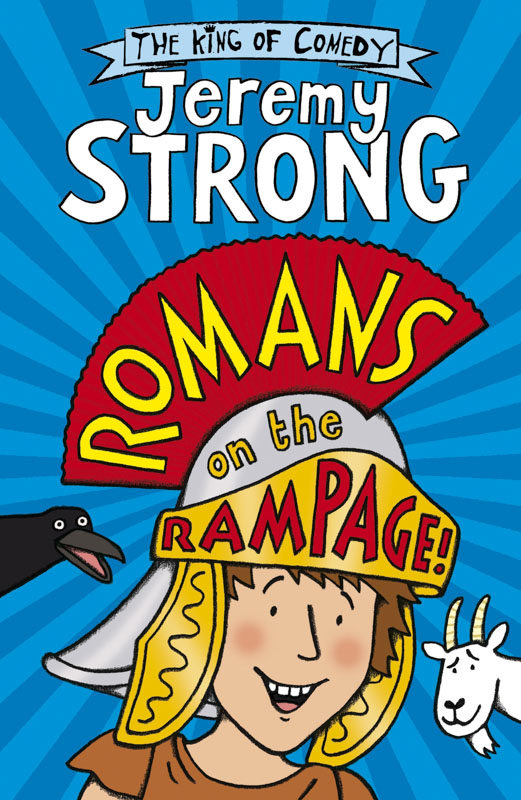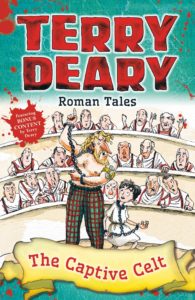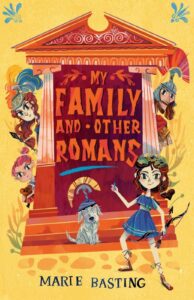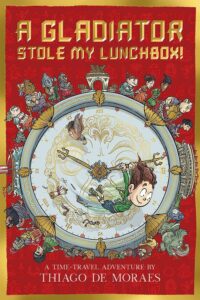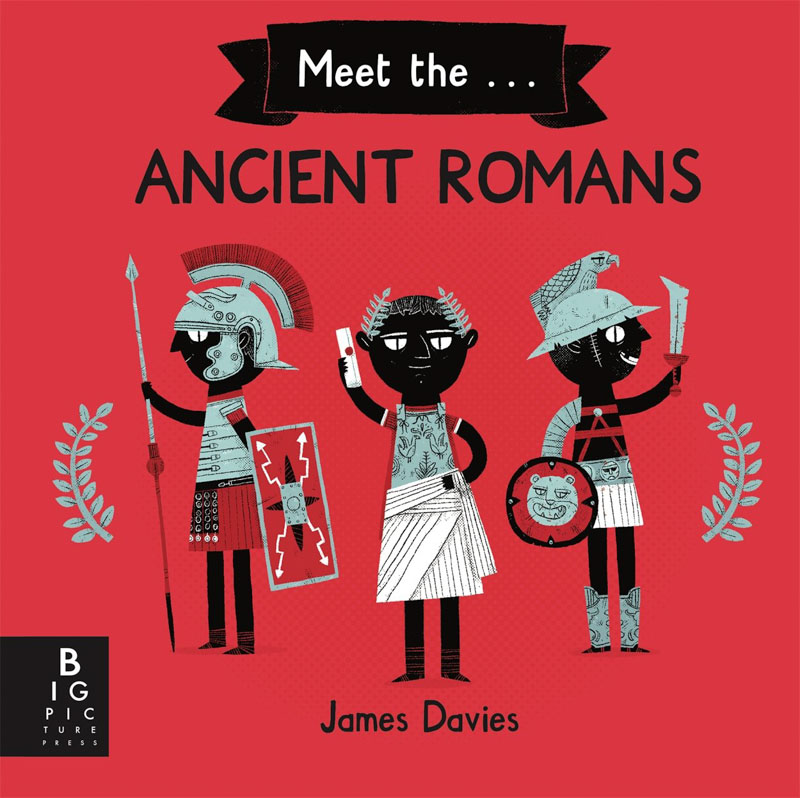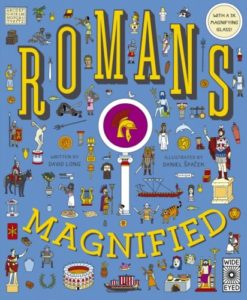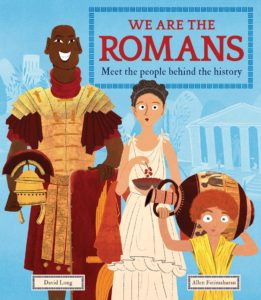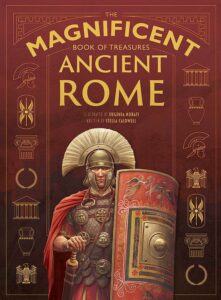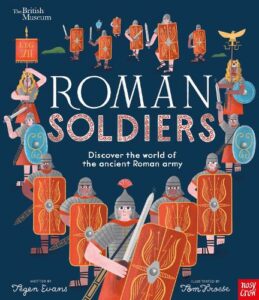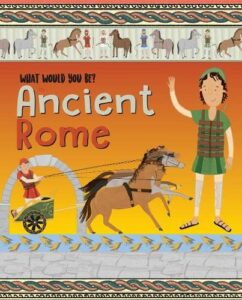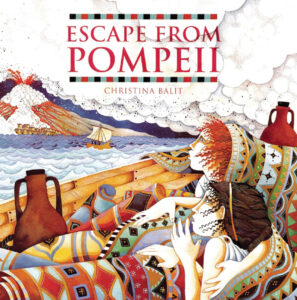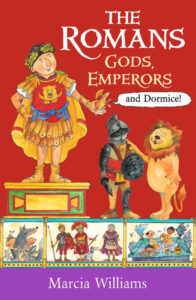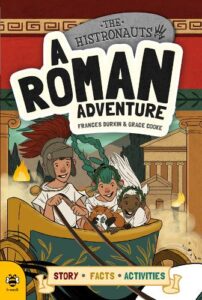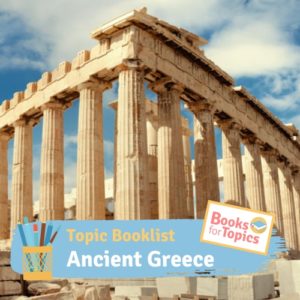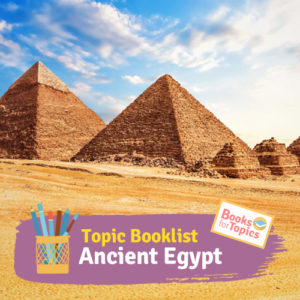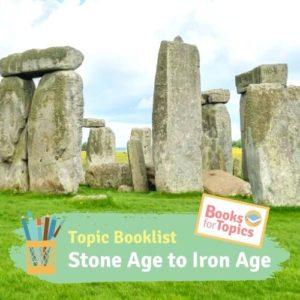Children in lower KS2 may be better suited to shorter chapter books with a little more humour and a little less gore. My Family and Other Romans is one of the newer books on this reading list and adds a good dose of humour to some rich historical detail about Ancient Rome – as does A Gladiator Stole My Lunchbox.
Teachers looking to introduce their classes to the story of Boudica might like to try Boudica’s Army or Tony Bradman’s Queen of Darkness.
For something that digs deeper into the diversity of the Roman world, try We Are the Romans by David Long. If you are teaching a topic that includes a look at Roman Life, our review panel reports that this book will enrich your curriculum and would be useful both when planning and for wider reading from students.
For a fun, interactive non-fiction text that children love to pore over, try Romans Magnified – a seek-and-find introduction the the Roman world with plenty of historical detail to discuss.
Are lesson plans or resources available for any of the recommended KS2 Romans books?
You’ll notice that some of the books we select for our booklists also feature downloadable resources. These are usually worksheets or teaching packs that have been provided by our publishing partners. Teachers looking for Romans planning for Ks2 could try the guided reading notes that come with My Family and Other Romans, offering chapter-by-chapter discussion questions, writing opportunities and cross-curricular ideas for KS2 teachers.
For Year 3 or Year 4 Romans planning, we’d recommend the lesson plans produced by KS2History to accompany Escape from Pompeii, which forms a 2-week literacy unit for lower KS2. A complete Romans KS2 history unit is also available from the same website.
How are the books for the BooksForTopics history curriculum booklists selected?
Each of our history topic booklists contains a carefully curated selection of books to support the teaching of the primary curriculum. When we are assessing the quality of books to consider them for our website, we take into account a number of factors – including age suitability, quality of text, visual appeal, readability, level of interest for children, underlying values, curriculum relevance and print production quality. Our thorough analysis of the primary curriculum helps us to select the more relevant books for schools teaching the topic.
In the case of the Romans topic, the National Curriculum for KS2 states that pupils should be taught about ‘the Roman Empire and its impact on Britain.’ This Romans booklist includes children’s fiction and non-fiction texts that cover wider themes of empire, impact and the Roman world – including its diversity – as well as stories that relate specifically to the Romans in Britain. The books include topics about the Roman invasion, the power of the Roman army, Boudica’s resistance, classical mythology and the Romanisation of British culture.
Our review panel of teachers and education experts provides information about which books support the curriculum effectively, as well as writing detailed reviews for some of the books that we feature too. In addition to our Review Panel feedback and curriculum analysis, we work with a team of booksellers to make sure that the books on our lists are readily available from publishers in order to supply them to schools and classrooms. Schools can buy full packs of most of our topic booklists directly from Peters.








